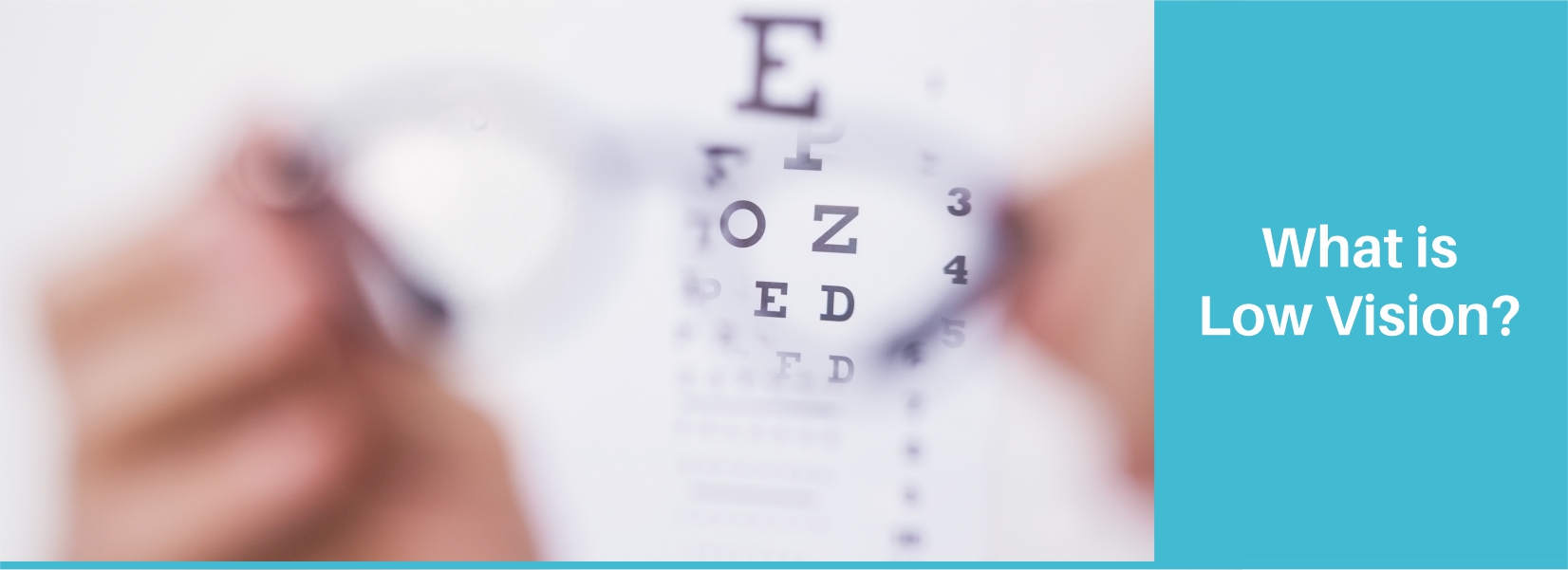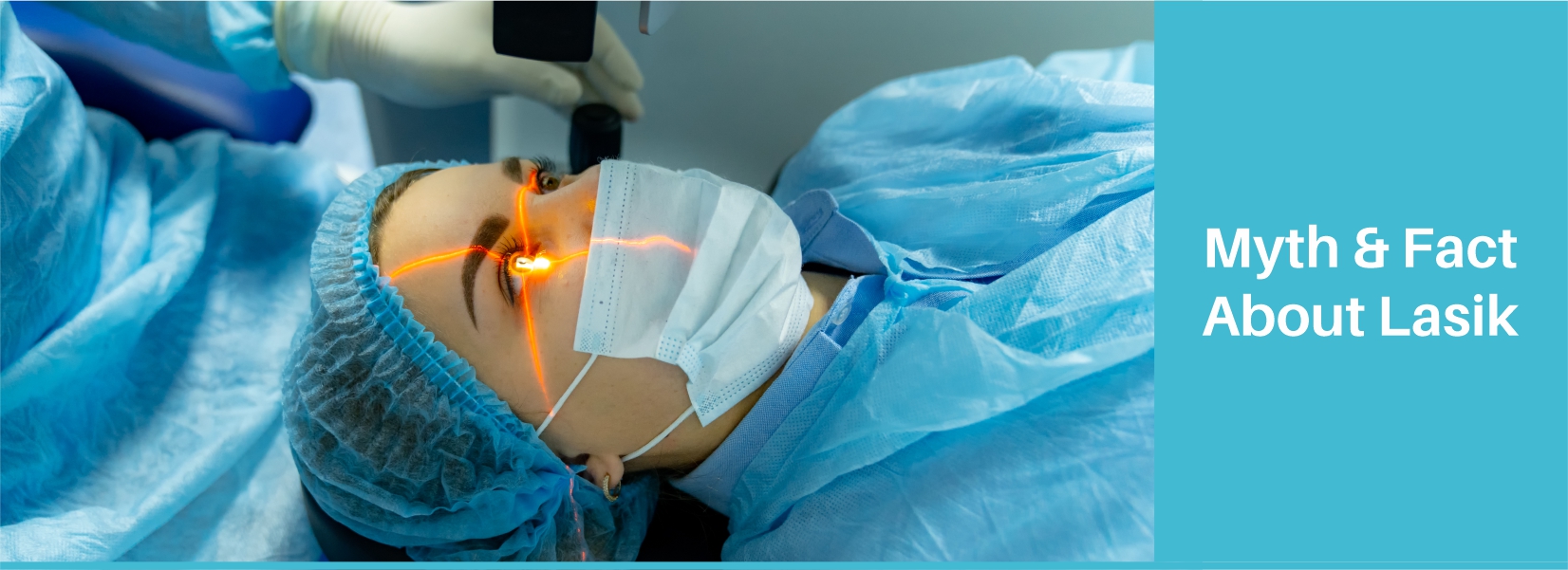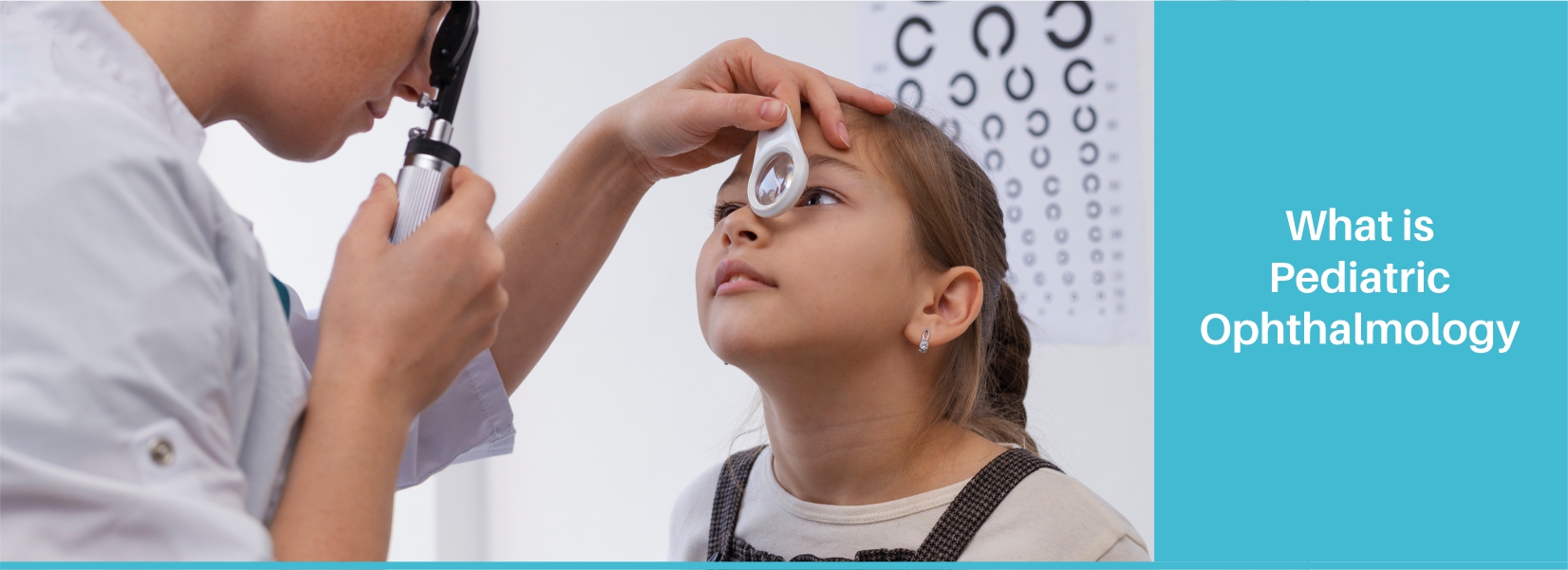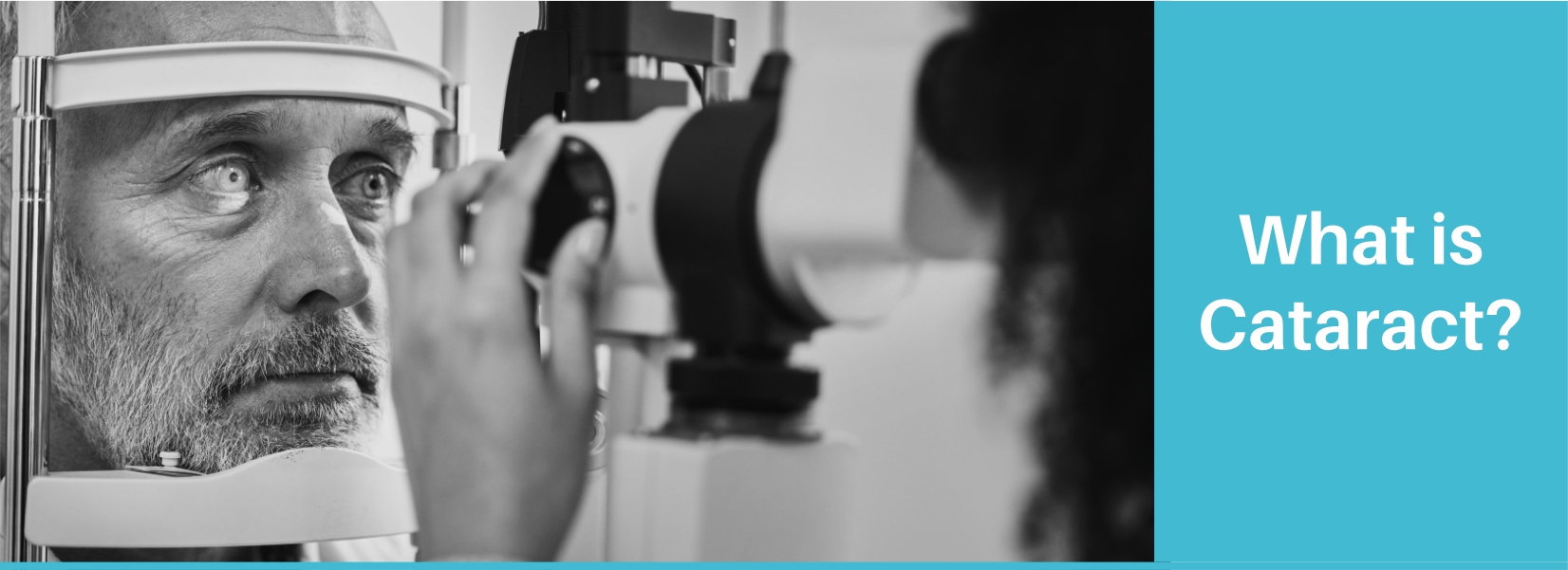Allergies vs. Infections: Understanding the Difference in Red Eye Symptoms

When we hear about cataract, we often associate them with older adults. However, cataract can also affect young adults, impacting their vision and daily life. While cataract in young individuals are less common, they are not unheard of. Understanding the causes, symptoms, and available treatment options can help young patients manage this condition effectively.
What is a Cataract?
A cataract is the clouding of the natural lens of the eye, leading to blurry vision and other visual disturbances. The lens, which is normally clear, helps focus light onto the retina. When a cataract forms, it scatters and blocks light, making vision appear foggy, hazy, or dim. This condition can progress over time, making it difficult to perform daily tasks.
Causes of Cataract in Young Adults
While aging is the most common cause of cataract, young adults can develop them due to various reasons. Some key causes include:
- High Myopia (Severe Nearsightedness)
- Steroid Use
- Family History of Early Cataract
- Eye Injuries or Trauma
- Medical Conditions
- Excessive UV Exposure
Cataract is more common in young individuals with high myopia. The changes in the eye structure associated with severe myopia can contribute to the early onset of cataract.
Prolonged use of steroids, whether in the form of oral medication, injections, or eye drops, can lead to cataract formation. Steroid-induced cataract can develop gradually, affecting vision over time.
Genetics play a crucial role in the development of early-onset cataract. If there is a history of cataract in the family, young individuals may be at a higher risk of developing them earlier than usual.
Physical injury to the eye, such as blunt trauma, penetration injuries, or even surgical procedures, can lead to cataract formation. The eye reacts to trauma by clouding the lens as part of a protective response.
Certain systemic diseases, such as diabetes, metabolic disorders, or autoimmune diseases, can accelerate the formation of cataract in young adults.
Prolonged exposure to ultraviolet (UV) radiation from the sun without proper eye protection can lead to cataract development over time. Wearing UV-protective sunglasses can help reduce this risk.
Symptoms of Cataract in Young Adults
Recognizing the symptoms of cataract early can help in seeking timely medical attention. Common symptoms include:
Blurry or Cloudy Vision: Vision becomes unclear, making it difficult to read, drive, or recognize faces.
Glare and Halos Around LightsAffected individuals often experience increased sensitivity to bright lights, especially while driving at night. This is one of the main features of cataract in young adults.
Difficulty Seeing at Night: Night vision may become poor, making it hard to navigate in dim lighting.
Frequent Changes in Prescription Glasses: If prescription changes frequently, it could be due to a developing cataract.
Fading or Yellowing of Colors: Colors may appear less vibrant and may take on a yellowish hue.
Double Vision in One Eye: Some individuals experience multiple images in one eye, even when the other eye is covered.
Treatment Options for Cataract in Young Adults
The treatment approach depends on the severity of the cataract. In the early stages, vision correction through glasses or contact lenses may help. However, as cataract progress, surgery remains the only effective treatment.
Can Cataract Surgery Be Delayed?
While cataract surgery can be delayed in the early stages, it cannot be avoided once vision impairment starts affecting daily activities. Delaying surgery for too long may lead to further complications, making the procedure more complex.
Modern Cataract Surgery and Intraocular Lenses (IOLs)
To correct cloudy vision from a lens, a fast and helpful procedure can substitute it with a clear, artificial lens. New-age intraocular lenses (IOLs) have revolutionized post-surgery vision, offering:
Good Distance and Near Vision: Advanced multifocal and trifocal lenses allow patients to see clearly at multiple distances without relying on glasses.
Improved Contrast Sensitivity: These lenses enhance contrast perception, making vision sharper and clearer in different lighting conditions.
Quick Recovery: The surgery is minimally invasive. Patients enter the operation theater with open eyes and come out the same way—no patches, no injections.
Fast Return to Normal Life: Most patients resume their routine activities within a few hours after surgery, with minimal restrictions. Many get back to life in an hour or so and enjoy freedom from glasses.
How to Prevent Cataract in Young Adults?
While some risk factors, such as genetics, cannot be controlled, certain lifestyle modifications can help delay or prevent cataract formation:
Wear UV-Protective Sunglasses: Think of sunglasses like a shield for eyes, keeping them safe from the sun's bright light.
Maintain a Healthy Diet: Consume foods rich in antioxidants, such as leafy greens, berries, and nuts, to support eye health.
Limit Steroid Use: Only take steroids when prescribed by a doctor and follow dosage recommendations.
Manage Underlying Health Conditions: Keep diabetes and other metabolic disorders under control.
Regular Eye Checkup: Routine eye exams help detect early signs of cataract and other eye conditions.
Conclusion
Cataract in young adults, though uncommon, can significantly impact vision and daily life. Recognizing symptoms early and seeking timely treatment can help prevent complications. Cataract surgery has advanced tremendously, offering quick recovery and excellent vision outcomes with modern intraocular lenses.
When anyone sees things becoming blurry or hazy, consult an eye specialist for a thorough evaluation. Early detection and treatment are key to maintaining clear vision and a high quality of life.
At Tej Eye Center, we offer advanced cataract diagnosis and treatment with state-of-the-art technology. Schedule a consultation today and take the first step toward clearer vision!
Contact Information
For more details or any inquiries, please call +91 7778057500 or email us at info@tejeyecenter.com. Our dedicated team is here to assist you with all your eye care questions and support you on journey to better vision.






